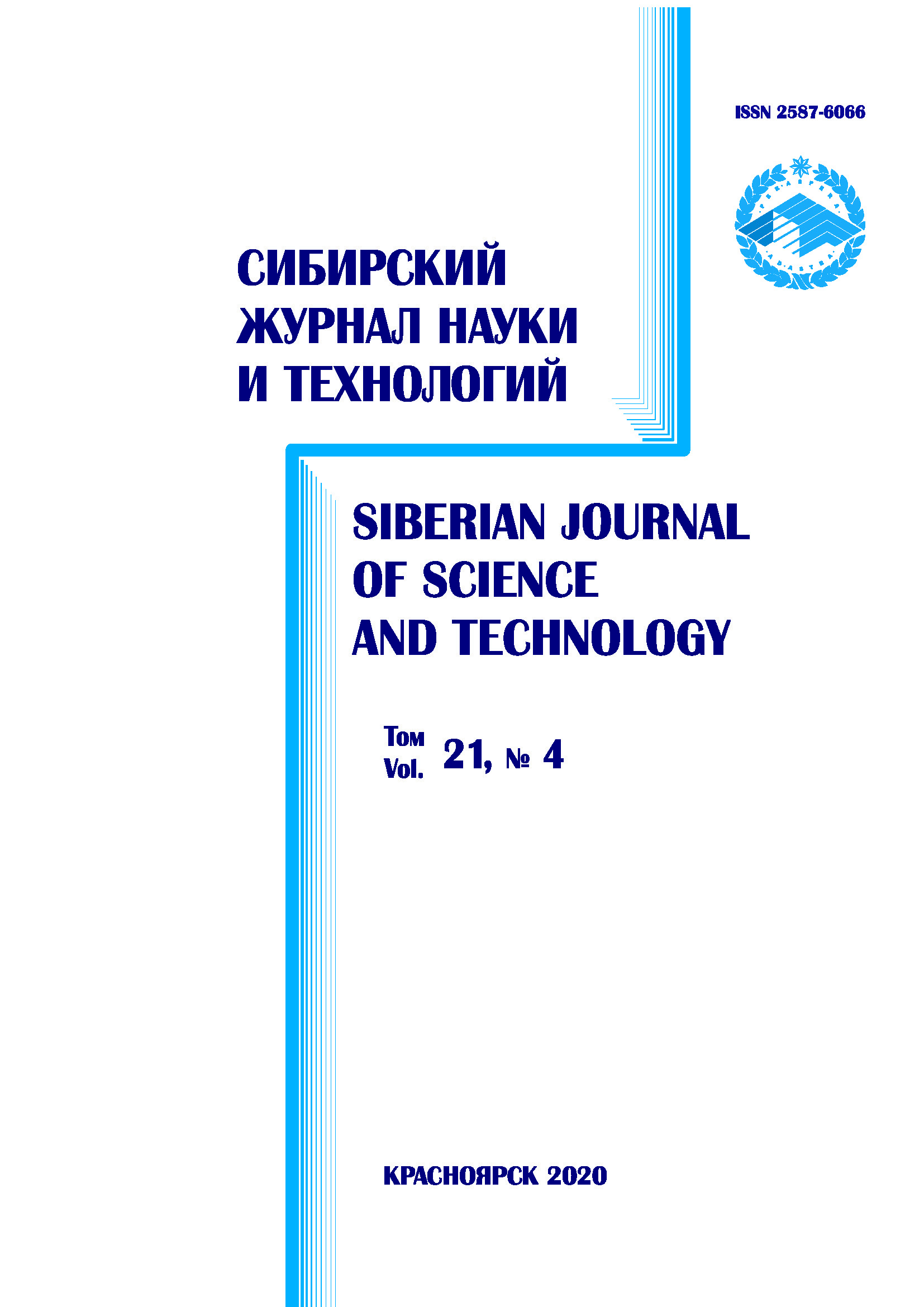Модели и методы оптимального управления программно-технической конфигурацией гетерогенных распределенных систем обработки информации
- Авторы: Онтужева Г.А.1
-
Учреждения:
- Сибирский федеральный университет
- Выпуск: Том 21, № 4 (2020)
- Страницы: 492-498
- Раздел: Раздел 1. Информатика, вычислительная техника и управление
- Статья опубликована: 26.07.2023
- URL: https://journals.eco-vector.com/2712-8970/article/view/566774
- DOI: https://doi.org/10.31772/2587-6066-2020-21-4-492-498
- ID: 566774
Цитировать
Полный текст
Аннотация
В статье рассматривается формализация задачи управления программно-технической конфигурацией гетерогенных распределенных систем обработки информации (ГРСОИ). Дано формальное описание возможных критериев оптимальности программно-технической конфигурации ГРСОИ. Предложена модель ГРСОИ в терминах теории массового обслуживания. Задача распределения вычислительных ресурсов ГРСОИ сформулирована в виде транспортной задачи по критерию времени с атомарными потребностями. Предложен алгоритм решения данной задачи и определены границы его применимости в ГРСОИ. Для достижения выбранного критерия оптимальности приведен анализ программно-технической конфигурации ГРСОИ при помощи ее формальной модели с применением методов теории массового обслуживания. ГРСОИ представлена как сеть массового обслуживания, где каждый вычислительный узел и блок управления маршрутом является системой массового облуживания. Задача распределения вычислительного ресурса в ГРОСИ представляется как транспортная задача по критерию времени с атомарными потребностями. С учетом условия атомарности был разработан алгоритм наименьшего времени для атомарных заявок.
Об авторах
Галина Александровна Онтужева
Сибирский федеральный университет
Автор, ответственный за переписку.
Email: gontuzheva@sfu-kras.ru
ассистент кафедры информационных технологий в креативных и культурных индустриях; Сибирский федеральный университет
Россия, 660041, г. Красноярск, просп. Свободный, 79Список литературы
- Multicriterion problem of allocation of resources in the heterogeneous distributed information processing systems / O. A. Antamoshkin, T. R. Kilochitskaya, G. A. Ontuzhevaet al. // Journal of Physics: Conference Series. 2018. Vol. 1015. P. 32162.
- Антамошкин О. А. Мультиагентная система автоматизации мониторинга, прогнозирование и управления в чрезвычайных ситуациях // Международная научна школа «Парадигма». Лято-2015, 2015.
- Глазунов В. В., Курочкин М. А., Попов С. Г. Метод оценки маршрутов передачи сообщений в телематических сетях транспотрных средств на основе логико-вероятностного метода [Электронный ресурс] // Интеллектуальные технологии на транспорте. 2015. № 1. URL: https://cyberleninka.ru/article/n/metod-otsenki-marshrutov-peredachi-soobscheniy-v-telematiche-skih-setyah-transpotrnyh-sredstv-na-osnove-logiko-veroyat- nostnogo-metoda (дата обращения: 25.10.2020).
- Bigham J., Du L. Cooperative negotiation in a multi-agent system for real-time load balancing of a mobile cellular network ACM, 2003. P. 568–575.
- Kantamneni A., Brown L. E., Parker G., Weaver W. W. Survey of multi-agent systems for microgrid control // Engineering applications of artificial intelligence. 2015. Vol. 45. P. 192–203.
- Хританков А. С. Модели и алгоритмы распределения нагрузки // Информационные технологии и вычислительные системы. 2009. № 2. C. 65–80.
- Скобелев П. О. Интеллектуальные системы управления ресурсами в реальном времени: принципы разработки, опыт промышленных внедрений и перспективы развития // Приложение к теоретическому и прикладному научно-техническому журналу «Информационные технологии. 2013. № 1. C. 1–32.
- Повышение эффективности управления трафиком в гетерогенных системах передачи данных в условиях неопределенности / В. Н. Дмитриев, А. А. Сорокин, Ч. Т. Куок и др. // Вестник Астраханского гос. техн. ун-та. Серия: Управление, вычислительная техника и информатика. 2015. № 3. C. 66–77.
- Крутолапов А. С. Обеспечение качества обслуживания в сетях информационного обмена // Вестник Воронежского ин-та ГПС МЧС России. 2013. № 1. C. 18–22.
- Adapt-Traf: An adaptive multiagent road traffic management system based on hybrid ant-hierarchical fuzzy model / H. M. Kammoun, I. Kallel, J. Casillas et al. // Transportation Research Part C: Emerging Technologies. 2014. No. 42. P. 147–167.
- ГОСТ 15971–90. Системы обработки информации. Термины и определения. Взамен ГОСТ 15971–84. Дата введения в действие: 01.01.1992. Статус документа – действующий. Дата издания: 11.01.1991. Дата последнего изменения: 19.04.2010. М. : Изд-во стандартов, 1991. 12 с
- Онтужева Г. А. Методы оптимизации распределения ресурсов территориально распределенной многоуровневой вычислительной сети // Международная научна школа «Парадигма». Лято-2015, 2015. C. 185–190.
- Жожикашвили В. А., Вишневский В. М. Сети массового обслуживания: Теория и применение к сетям ЭВМ. М. : Радио и связь, 1988.
- Hammer P. L. Timeminimizing transportation problems // Naval Research Logistics Quarterly. 1969. № 3 (16). P. 345–357.
- Simulation modelling of the heterogeneous distributed information processing systems / G. A. Ontuzheva, E. R. Bruchanova, I. N. Rudov et al. // In IOP Conference Series: Materials Science and Engineering. 2018. Vol. 450, No. 5. P. 05.
Дополнительные файлы










